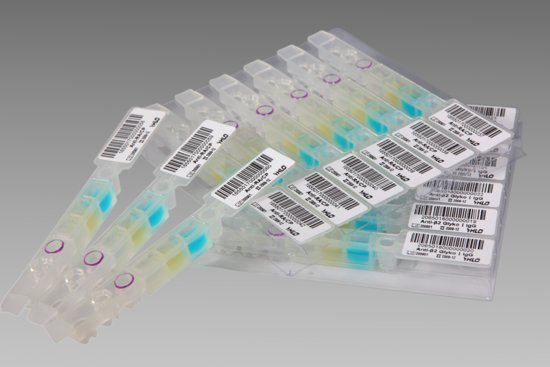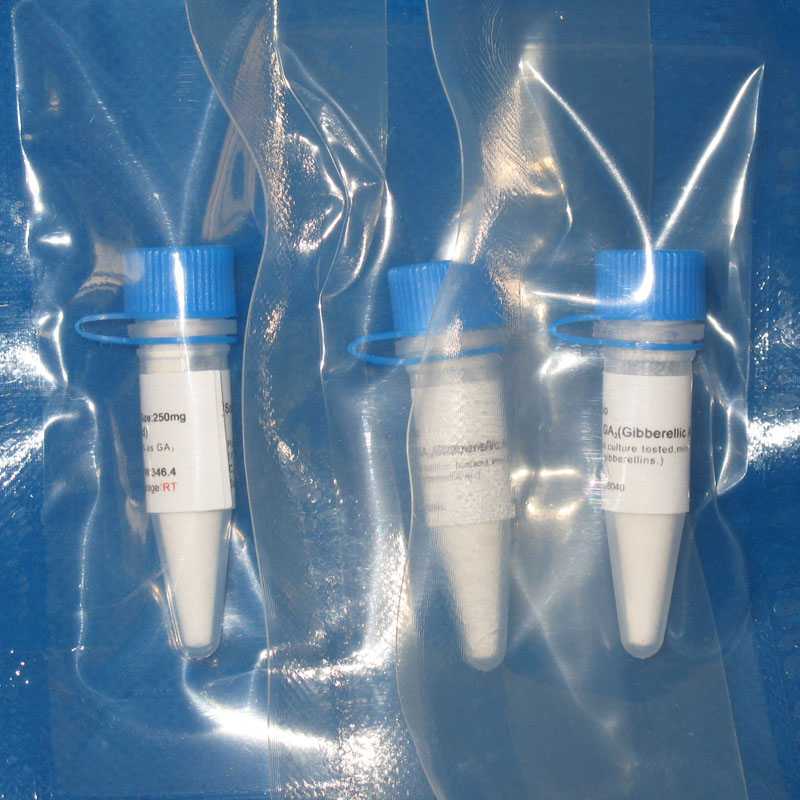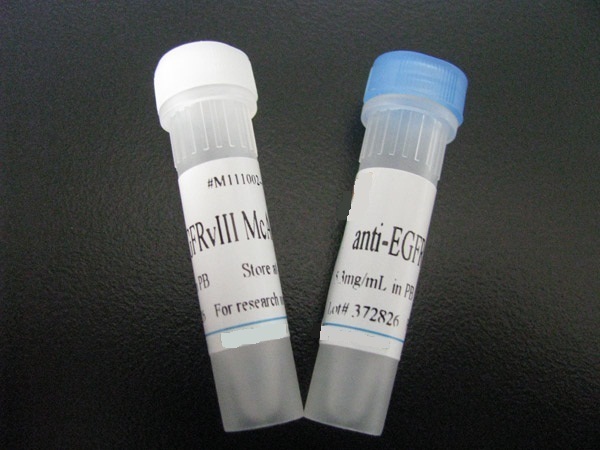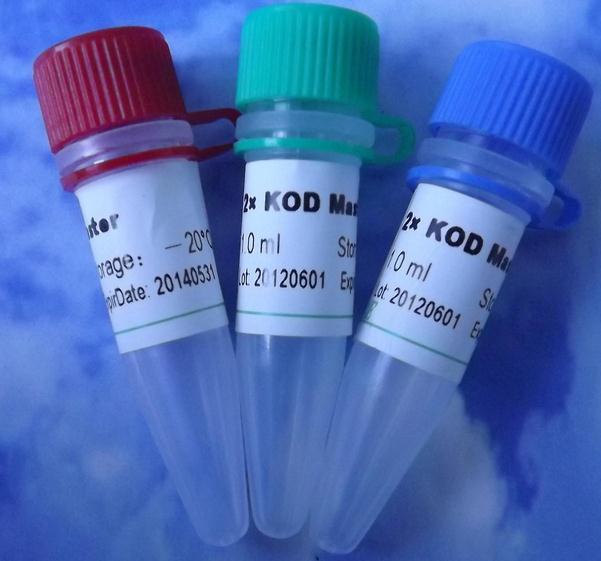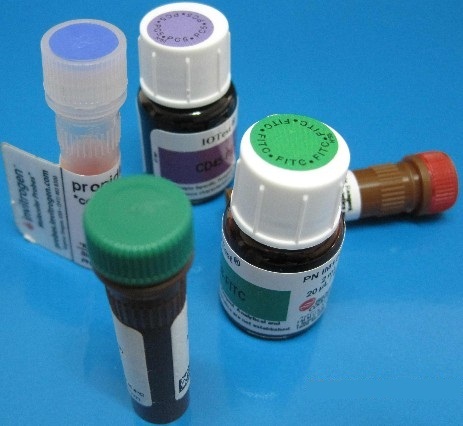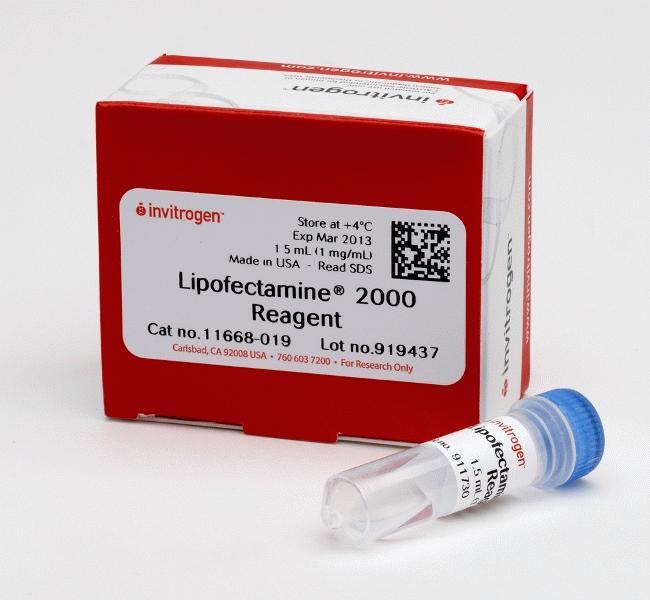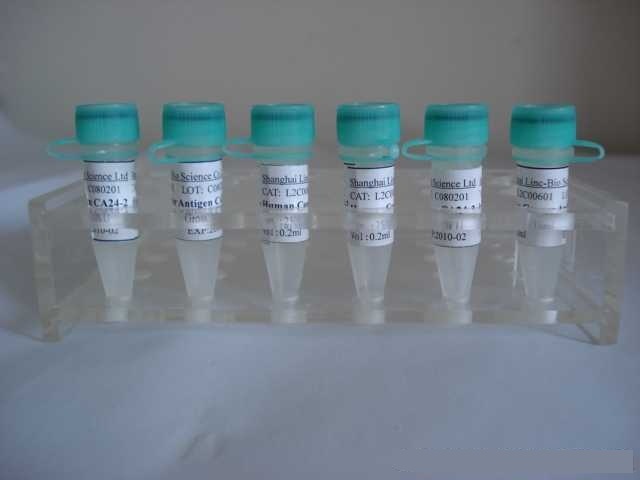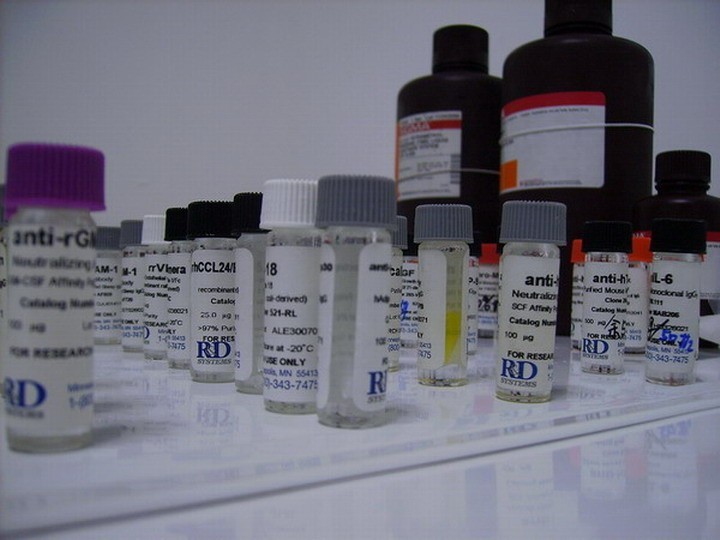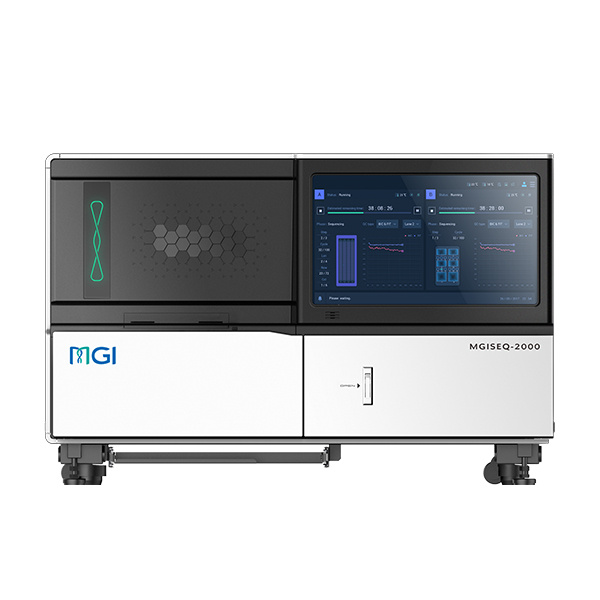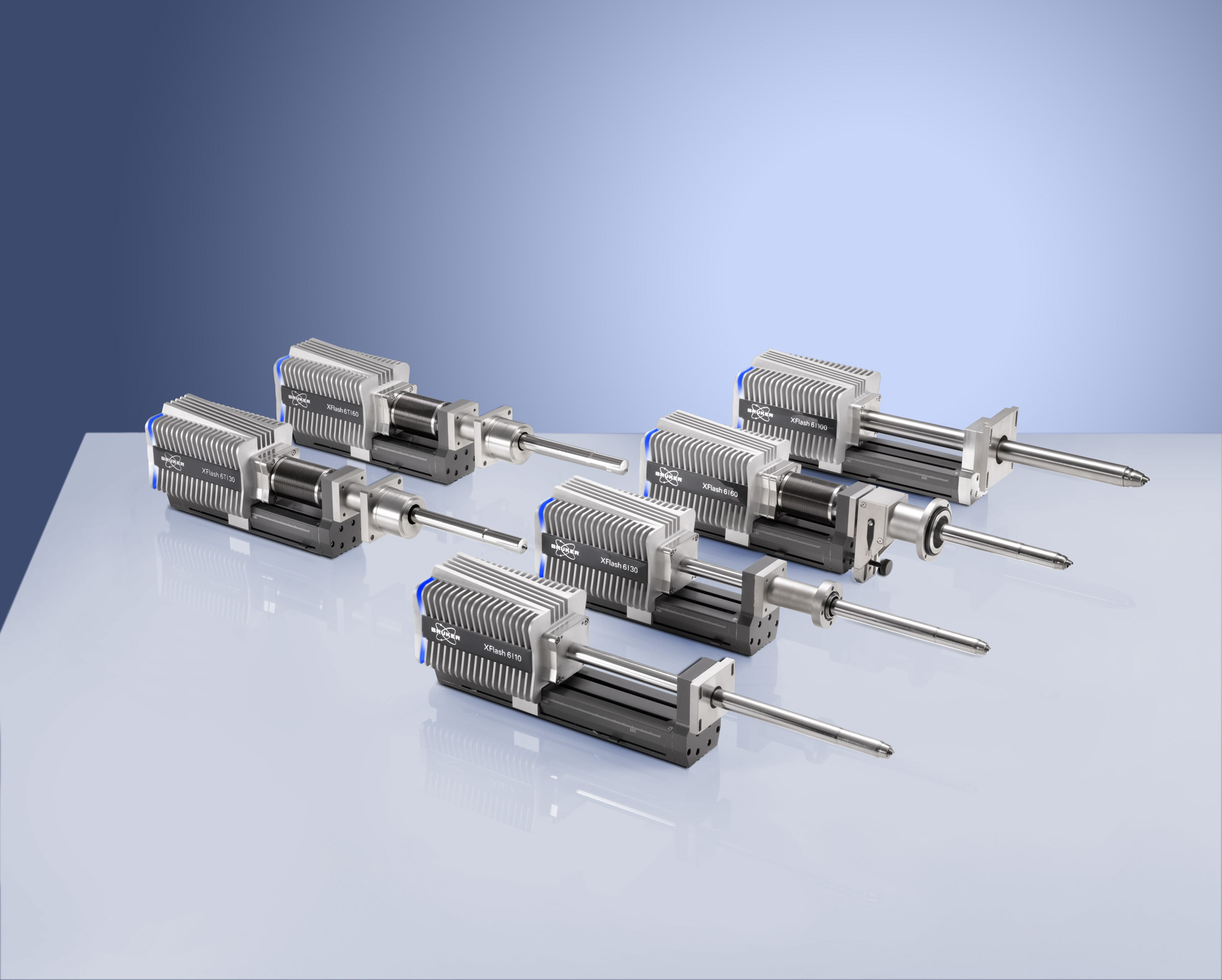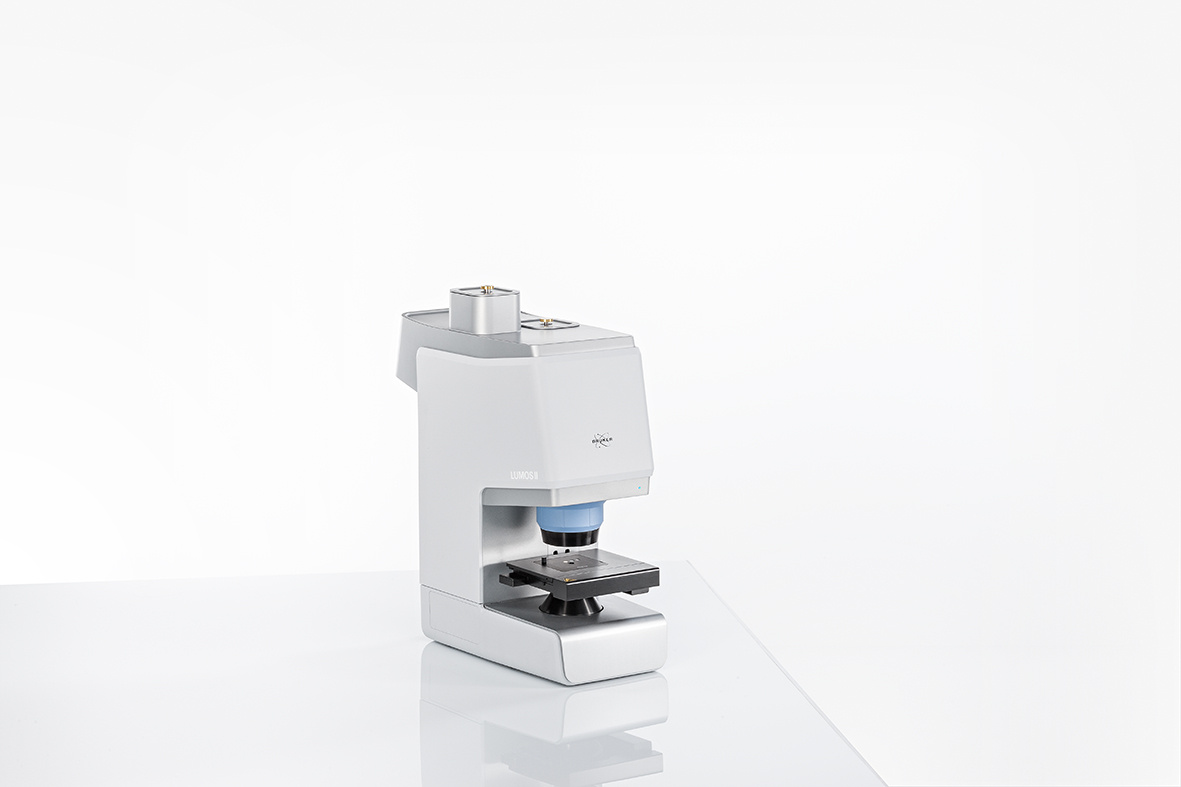英文名称 Anti-ADCK3/CABC1
中文名称 伴侣蛋白bc1同源复合体抗体
别 名 mitochondrial; aarF domain containing protein kinase 3; aarF domain-containing protein kinase 3; ADCK 3; ADCK3; ADCK3_HUMAN; CABC 1; Chaperone ABC1 (activity of bc1 complex S.pombe) like; Chaperone ABC1 activity of bc1 complex homolog; Chaperone ABC1 like; Chaperone activity of bc1 complex like; Chaperone activity of bc1 complex like mitochondrial; Chaperone activity of bc1 complex-like; Chaperone-ABC1-like; Coenzyme Q8 homolog; COQ 8; COQ8.
浓 度 1mg/1ml
规 格 0.2ml/200μg
抗体来源 Rabbit
克隆类型 polyclonal
交叉反应 Human, Mouse, Rat, Chicken, Dog, Pig, Cow, Horse, Rabbit, Sheep
产品类型 一抗
研究领域 肿瘤 细胞生物 神经生物学 信号转导
伴侣蛋白bc1同源复合体抗体蛋白分子量 predicted molecular weight: 72kDa
性 状 Lyophilized or Liquid
免 疫 原 KLH conjugated synthetic peptide derived from human ADCK3/CABC1
亚 型 IgG
纯化方法 affinity purified by Protein A
储 存 液 Preservative: 15mM Sodium Azide, Constituents: 1% BSA, 0.01M PBS, pH 7.4
产品应用 WB=1:100-500 ELISA=1:500-1000 IP=1:20-100 IHC-P=1:100-500 IHC-F=1:100-500 IF=1:100-500
(石蜡切片需做抗原修复)
not yet tested in other applications.
optimal dilutions/concentrations should be determined by the end user.
保存条件 Store at -20 °C for one year. Avoid repeated freeze/thaw cycles. The lyophilized antibody is stable at room temperature for at least one month and for greater than a year when kept at -20°C. When reconstituted in sterile pH 7.4 0.01M PBS or diluent of antibody the antibody is stable for at least two weeks at 2-4 °C.
Important Note This product as supplied is intended for research use only, not for use in human, therapeutic or diagnostic applications.
伴侣蛋白bc1同源复合体抗体产品介绍 May be a chaperone-like protein essential for the proper conformation and functioning of protein complexes in the respiratory chain.
Tissue specificity:Ubiquitously expressed with a relatively greater abundance in heart and skeletal muscle.
Involvement in disease:
Defects in ADCK3 are a cause of coenzyme Q10 deficiency (CoQ10 deficiency). CoQ10 deficiency is an autosomal recessive disorder with variable manifestations. It can be associated with three main clinical phenotypes: a predominantly myopathic form with central nervous system involvement, an infantile encephalomyopathy with renal dysfunction and an ataxic form with cerebellar atrophy. Defects in ADCK3 are the cause of spinocerebellar ataxia autosomal recessive type 9 (SCAR9) [MIM:612016]; also known as autosomal recessive cerebellar ataxia type 2 (ARCA2). Spinocerebellar ataxia is a clinically and genetically heterogeneous group of cerebellar disorders. Patients show progressive incoordination of gait and often poor coordination of hands, speech and eye movements, due to degeneration of the cerebellum with variable involvement of the brainstem and spinal cord. SCAR9 is an autosomal recessive form characterized by gait ataxia and cerebellar atrophy with slow progression and few associated features. Patients can manifest brisk tendon reflexes and Hoffmann sign, mild psychomotor retardation, mild axonal degeneration of the sural nerve, exercise intolerance and elevated serum lactate.
Function : May be a chaperone-like protein essential for the properconformation and functioning of protein complexes in therespiratory chain.
Subcellular Location : Mitochondrion.
Tissue Specificity : Ubiquitously expressed with a relativelygreater abundance in heart and skeletal muscle.
DISEASE : Defects in ADCK3 are the cause of coenzyme Q10deficiency, primary, type 4 (COQ10D4) [MIM:612016]. An autosomalrecessive disorder characterized by childhood-onset of cerebellarataxia and exercise intolerance. Patient manifest gait ataxia andcerebellar atrophy with slow progression. Additional featuresinclude brisk tendon reflexes and Hoffmann sign, variablepsychomotor retardation and variable seizures.
Similarity : Belongs to the protein kinase superfamily. ADCKprotein kinase family.
Contains 1 protein kinase domain.
Database links : UniProtKB/Swiss-Prot: Q8NI60.1
![]()



